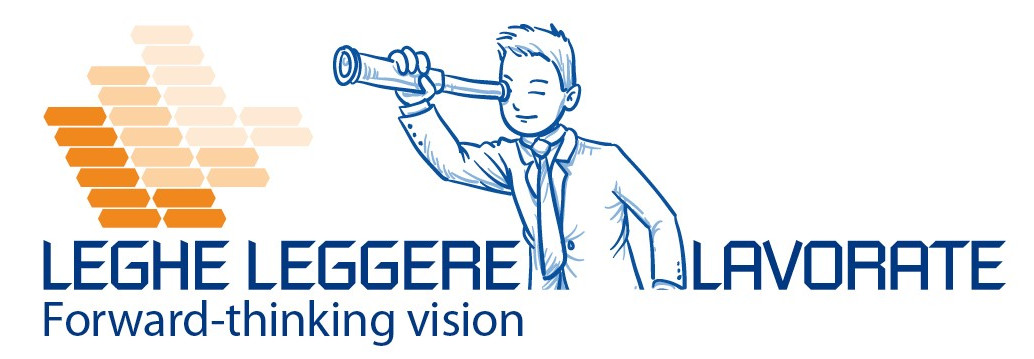In this article we will briefly explain how a medical device is born up to the burr elimination, washing and decontamination phases
The phase of 100% control and burrs elimination of medical devices
Medical devices require a 100% control before proceeding with their packaging.
It seems hard to believe, but that’s the way it is.
The final control, to check if there is still the presence of micro-burrs, is an operation carried out on each piece by dedicated personnel who check each component in its entirety with particular care, to find any burrs that could create problems if not eliminated.
Whether medical devices are for human or veterinary use, the care we take is the same. The error is not allowed.
After a detailed control, it is possible to send the devices to the next washing phase.
The washing and decontamination phase in medical devices
Usually, the mechanical components obtained from machining by chip removal must necessarily go through a “washing” phase.
This process eliminates any traces of lubricating oil present on the pieces. Concerning the mechanical components for implantable medical use, this process is not enough. The components, in fact, must not only be degreased, but it is necessary to obtain a much more thorough level of cleaning. For this reason, all the components, after having undergone the classic degreasing common to all mechanical parts, pass through a washing department.
In this department, a fully automatic machine subsequently immerses the components in 7 tanks. It starts with a first wash in water with both powder and liquid surfactants, up to the last step in demineralized water. At the end of the process any impurities present on the devices have been removed. After this phase the components will be directly vacuum packed, to avoid contamination.

